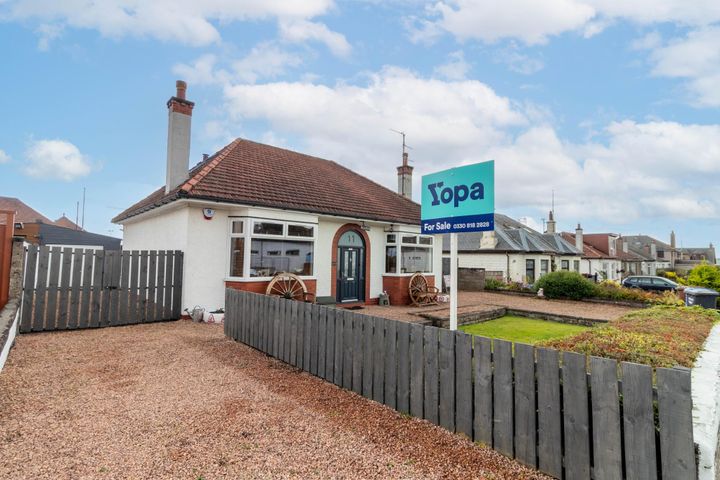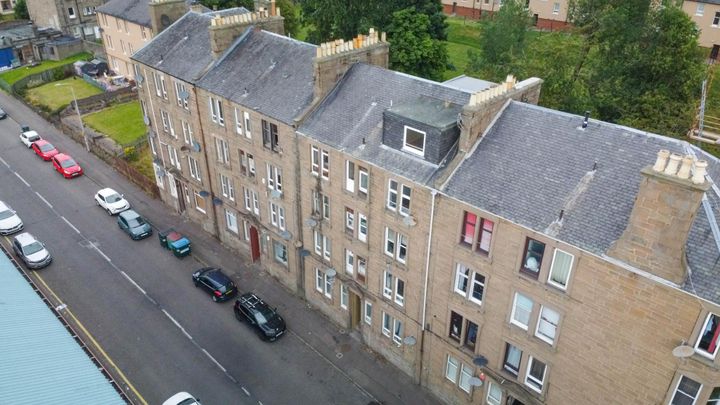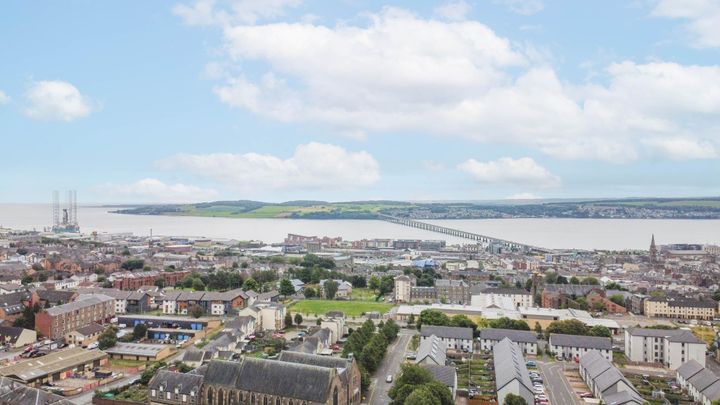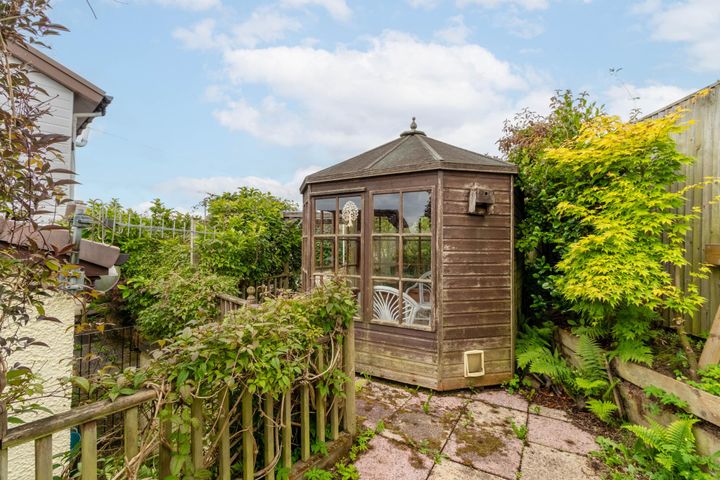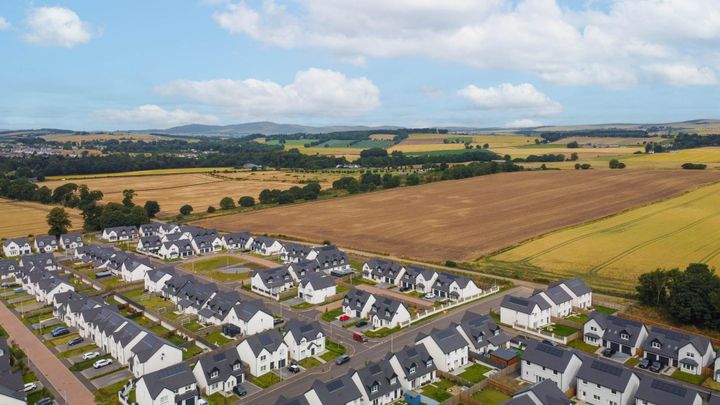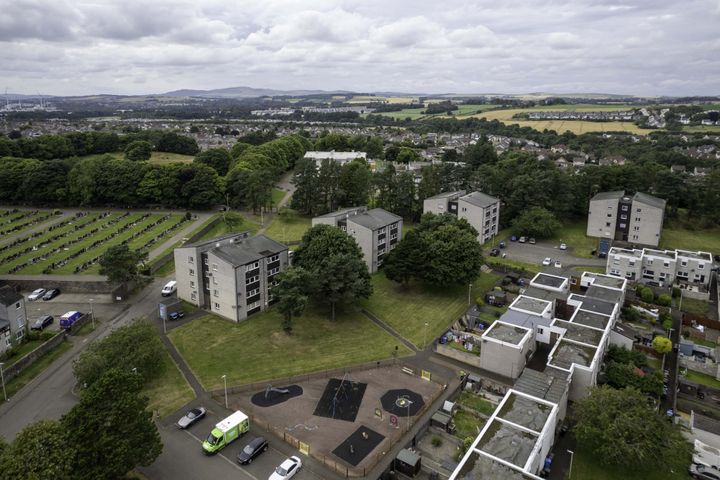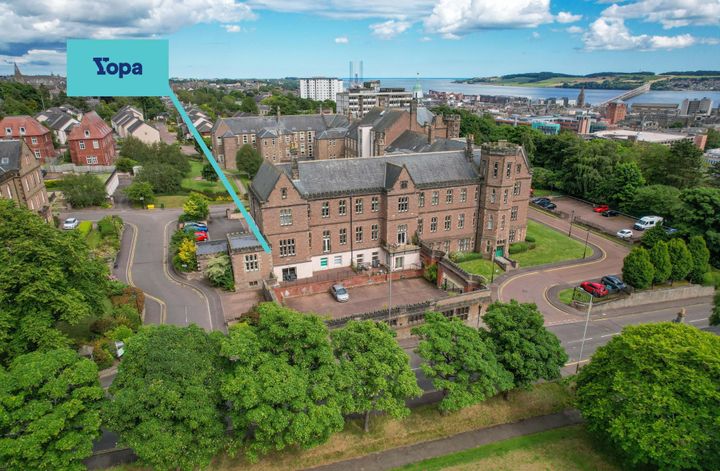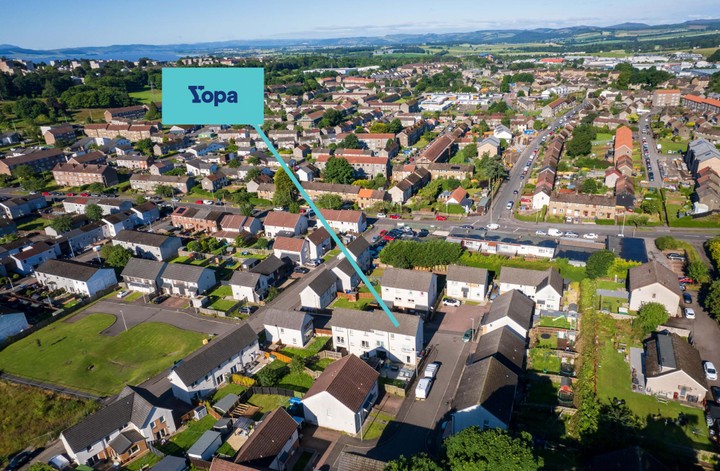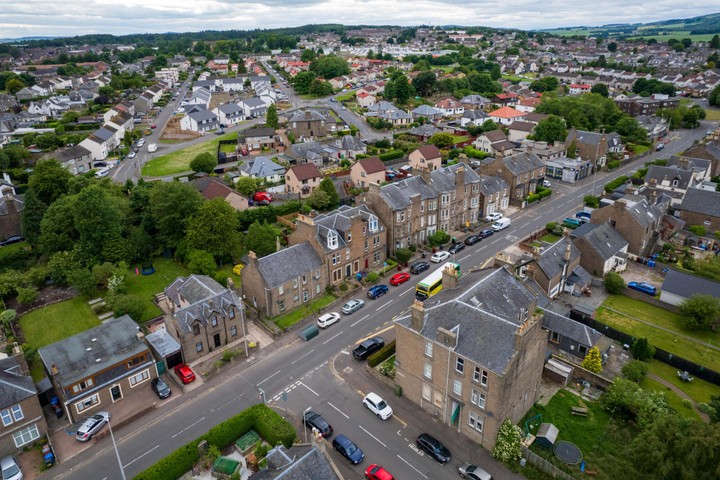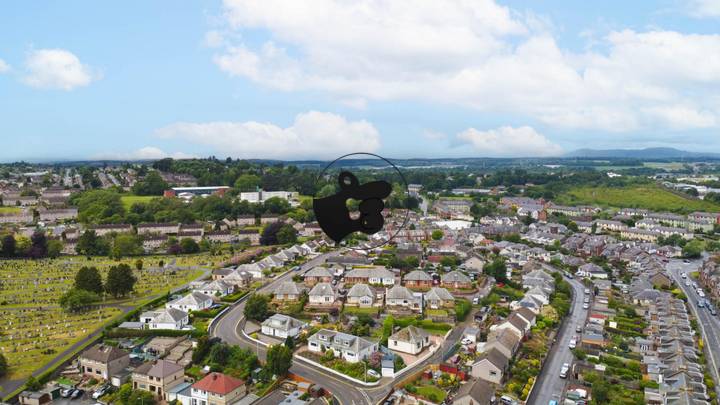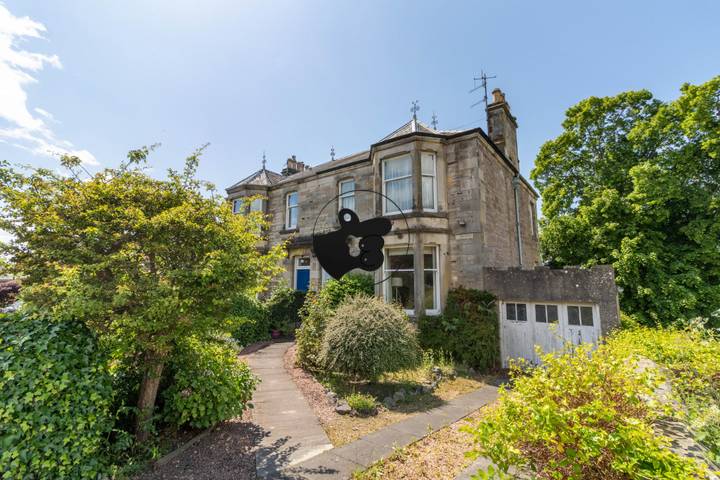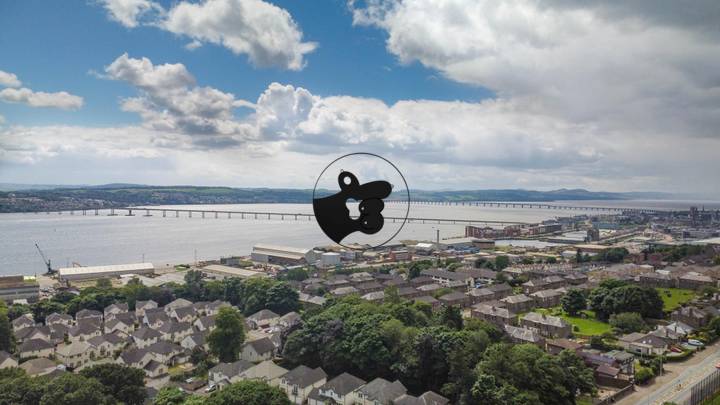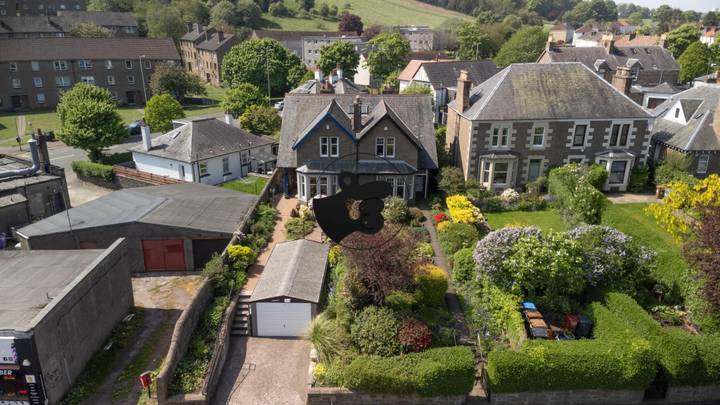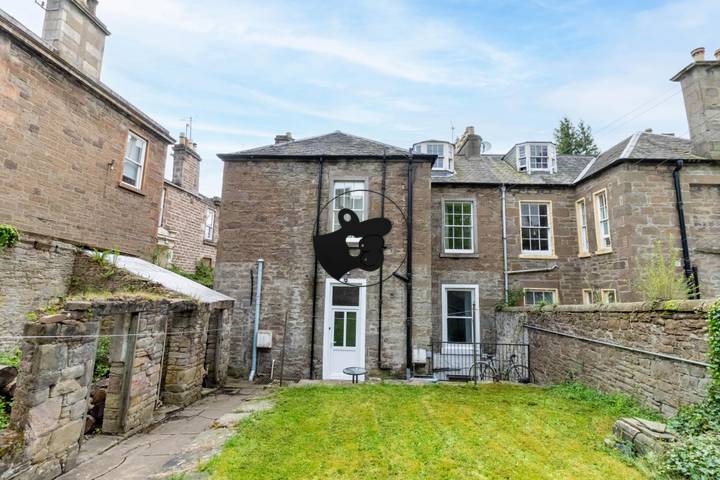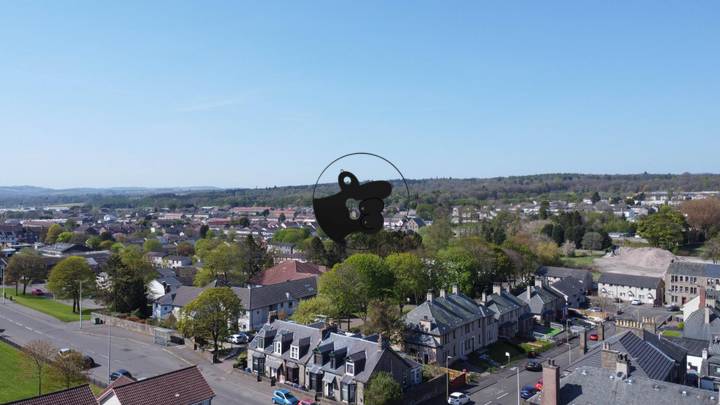Real estate prices in Central Scotland are influenced by several key factors, including location, economic conditions, local amenities, and transport links. Areas closer to major cities like Edinburgh and Glasgow typically see higher prices due to increased demand and job opportunities. For instance, towns such as Falkirk and Livingston benefit from their proximity to these urban centers, making them attractive for commuters. Economic indicators such as employment rates and average incomes also play a significant role; regions with thriving industries, like biotechnology in central belt cities, can drive prices up. Additionally, access to quality schools and healthcare services can enhance desirability, as seen in communities like East Dunbartonshire, which is known for its high-performing schools. Transport infrastructure, notably the M8 motorway and frequent rail services, can ease commutes and further elevate property values. Lastly, the overall housing supply and demand dynamics, influenced by new developments or changes in population trends, contribute significantly to fluctuations in the real estate market.
Central Scotland
Location
Price Range
Any price
Price Range
Minimum
No min
Maximum
No max
Property type
Show all
Property type
Show all
House
Apartment
Building
Other
Bedrooms
Any beds
Bedrooms
Minimum
No min
Maximum
No max
Surface Range
Any surface
Surface Range
Minimum
No min
Maximum
No max
Sale type
For sale
Sale type
Show all
To rent
For sale
Location
Apartments and houses for sale in Central Scotland
23 results
Recent
Central Scotland insights
| Aspect | Summary |
|---|---|
| Population | 2.5 million (approx.) |
| Average Property Price | £200,000 |
| Rental Yield | 5.5% |
| Average Rent | £950 per month |
| Occupancy Rate | 92% |
| Capital Growth Rate | 3% annually |
| Property Tax | Approx. £1,200 per year |
| Transaction Costs | 3% of property price |
| Expected ROI | 7% annually |
| Economic Growth Impact | Moderate, driven by local industries and infrastructure improvements |
Central Scotland FAQ
What factors influence real estate prices in Central Scotland?
How have property prices changed in Central Scotland over the last few years?
Property prices in Central Scotland have experienced notable fluctuations over the last few years. According to various reports, house prices in this region have generally risen, with some areas seeing increases of up to 15% since 2020. For instance, cities like Glasgow and Edinburgh have been particularly impacted, as demand for housing surged during the pandemic, driven by a need for more space and the rise of remote working. The average property price in Glasgow reached around £150,000 in early 2023, while Edinburgh's average climbed above £300,000. Meanwhile, more rural areas, such as Stirling and Falkirk, have also seen rising prices, albeit at a slower pace, driven by buyers seeking more affordable options outside the major urban centers. The competitive market has led to quicker sales, with properties often going under offer within days of listing, indicating a robust demand despite economic uncertainties.
What is the average price of a home in Central Scotland?
The average price of a home in Central Scotland varies significantly depending on the specific area and type of property. As of late 2023, cities like Glasgow see average home prices around £150,000 to £200,000, while more rural areas or smaller towns, such as Stirling or Falkirk, tend to fall within the range of £120,000 to £160,000. In more affluent suburbs or locations, such as East Renfrewshire, prices can escalate to an average of £250,000 or more for family homes. Terraced houses and flats are generally more affordable than detached homes, which can command much higher prices. New builds in these regions are also gaining popularity, often starting above £200,000, reflecting the growth in property development in the area.
Are house prices in Central Scotland higher in cities compared to rural areas?
House prices in Central Scotland tend to be higher in cities compared to rural areas due to various factors including demand, amenities, and employment opportunities. For instance, in cities like Edinburgh and Glasgow, the average house prices significantly surpass those in rural locations such as the Scottish Borders or Fife. In Edinburgh, the average house price was around £300,000, driven by its status as a cultural and economic hub. In contrast, areas like East Ayrshire or the North Lanarkshire region often see average prices closer to £150,000. This gap reflects not only the desirability of urban living, with access to schools, healthcare, and public transport, but also the limited housing supply in city centers. While rural areas may offer larger properties for less money, the potential for appreciation and investment in urban areas tends to attract buyers willing to pay a premium.
How do interest rates affect real estate prices in Central Scotland?
Interest rates have a significant impact on real estate prices in Central Scotland, primarily affecting buyers' purchasing power and overall demand in the market. When interest rates rise, the cost of borrowing increases, leading to higher mortgage repayments, which can deter potential homebuyers from entering the market. For instance, in the town of Stirling, a rise in interest rates might mean that prospective buyers can only afford homes at lower price points, thereby cooling the market and potentially leading to a decrease in property values. Conversely, when interest rates are low, like they were in the earlier stages of the COVID-19 pandemic, buyers are more inclined to take on mortgages, resulting in increased competition for properties. This was evident in areas like Falkirk, where property prices escalated as buyers rushed to secure homes before rates began to rise again. Additionally, higher interest rates can also slow down investment in buy-to-let properties, impacting rental yields and market dynamics. For example, landlords in Clackmannanshire might reconsider their investments if financing properties becomes too expensive, affecting the availability of rental homes and potentially driving up rents in the process. Thus, the fluctuations in interest rates can lead to a ripple effect throughout the real estate market in Central Scotland, influencing both buyer sentiment and property values.
What are the typical costs associated with buying a property in Central Scotland?
When buying a property in Central Scotland, several typical costs must be considered beyond the purchase price. First, the Land and Buildings Transaction Tax (LBTT) applies, with rates varying depending on the property's price, starting at 0% for homes up to £145,000 and increasing for higher bands; for example, a property costing £250,000 incurs around £1,700 in LBTT. Next, homebuyers should budget for conveyancing fees, which usually range from £500 to £1,500 depending on the complexity of the transaction. Mortgage arrangement fees can also add to costs, typically sitting between £0 and £2,000, depending on the lender and type of mortgage chosen. Additionally, surveys are essential to assess property condition: basic home reports can cost from £200 to £600, while more detailed surveys, like a full structural report, can be considerably higher. Not forgetting the typical costs for essentials like moving expenses, which can vary widely, ranging from hundreds to potentially thousands, depending on distance and volume of belongings. Finally, ongoing costs such as property insurance and council tax rates must also be factored in, with council tax in Central Scotland varying significantly by local authority and property band.
Is it a good time to buy property in Central Scotland right now?
Property prices in Central Scotland have shown a mix of trends recently, influenced by various factors such as economic conditions and local demand. For instance, areas like Edinburgh and Glasgow have sustained relatively high demand, potentially keeping prices buoyant. In contrast, regions such as Falkirk and Stirling may offer more competitive pricing, attracting buyers looking for affordability. The impact of interest rates on mortgages also plays a crucial role; recent hikes have raised borrowing costs, which could deter some buyers or lead to a slowdown in the market. Additionally, external factors like government initiatives aimed at stimulating the housing market and increasing availability of housing could further influence buying conditions. Recent data indicates a fluctuation in housing supply, with some markets experiencing shortages while others see an influx of listings, which impacts buyer options and price negotiations.



